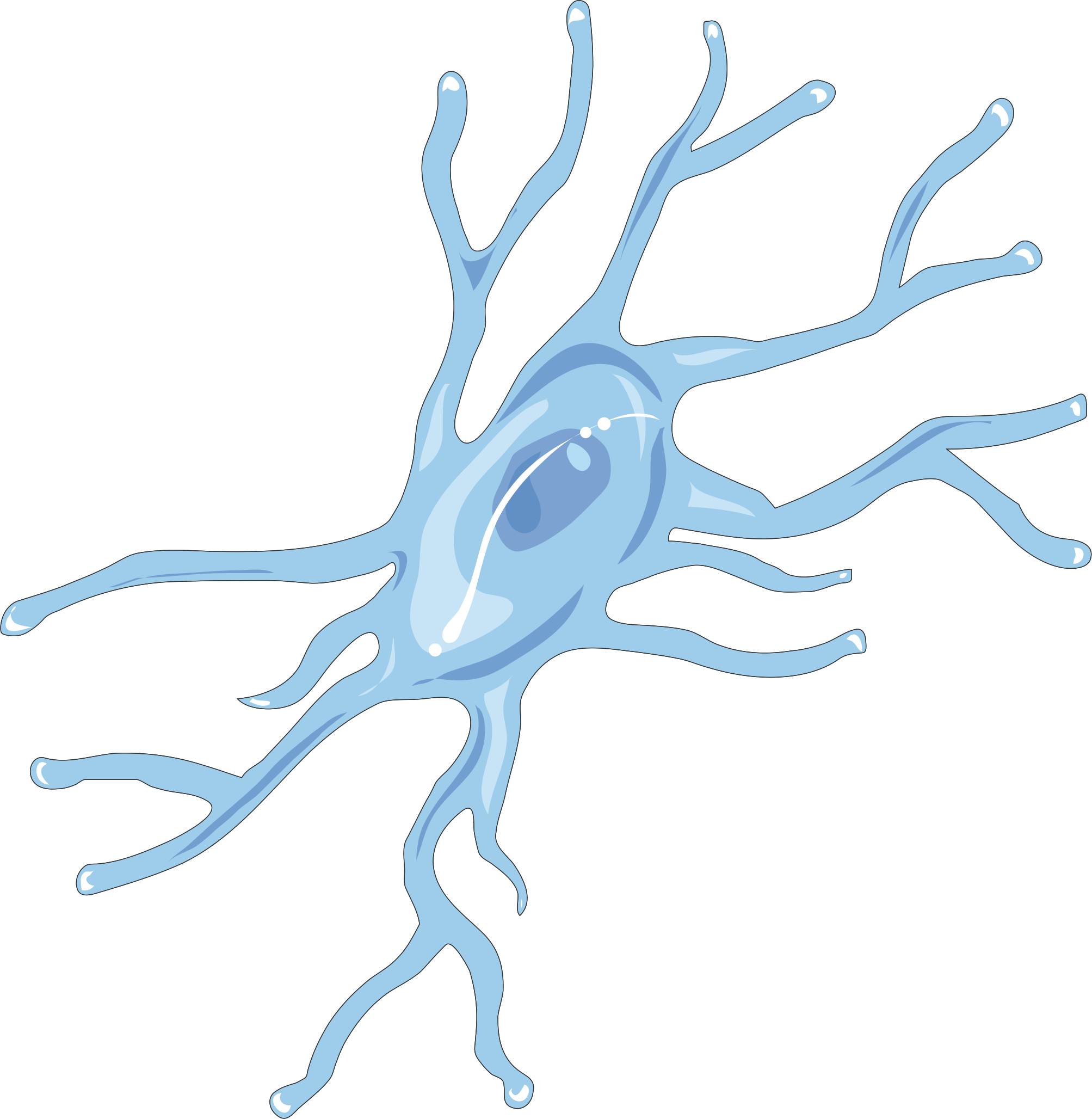According to the National Survey on Drug Use and Health, about 913,000 people in America were classified with cocaine dependence or as cocaine abusers in 2014. The Drug Abuse Warning Network found that in 2011, cocaine was involved in 505,224 of emergency department visits for drug misuse and abuse. Cocaine is a powerful drug that can have strong, damaging effects on the brain. Using cocaine results in the build-up and flood of dopamine, the neurotransmitter that plays a role in rewarding behavior. Repeated use can lead to addiction and to increased tolerance for the drug, both of which may cause users to take higher and higher doses.
While there are no FDA approved medications for cocaine addiction at the moment, new findings from the Research Institute of the McGill University Health Centre in Montreal could change that. Scientists have found that microglia, a type of brain cell, play an essential role in mediating the effects of cocaine in the brain.
Microglia are essential to the immune response in the brain. If the brain is damaged or infected, the microglia respond by activating and moving to the site of damage or infection to destroy the damaged cells or pathogens. Their function is similar to that of white blood cells in the rest of the body. They also produce molecules that signal neurons to make adaptive changes in response to a detected defect in the brain.
Image Source: Dr. John D. Cunningham
Tumor necrosis factor (TNF), an inflammatory protein, is one such type of molecule produced by microglia. The researchers observed that, in mice, the presence of cocaine activated microglia and caused them to produce TNF, which combats the effects of cocaine on neurons. Suppressing the cocaine-induced changes in synapses that are thought to be involved in the development of addiction is how TNF works. Unfortunately, this response decreases over time, leaving no defense against the neuronal changes caused by cocaine. As the TNF levels decrease, cocaine’s effect on the brain becomes more apparent. The research team wanted to know if this response could be prolonged and tested this in mice. When given cocaine, mice showed increased movement. After stimulating the microglia to prolong production of TNF, the mice showed reduced movement compared to the ones who hadn’t been given extra stimulation.
These results are promising for developing addiction therapies in the future. Suppressing the synaptic changes caused by cocaine could reduce the risk of drug relapse for addicts. The researchers are currently studying the ability of TNF to suppress cravings and plan to test their findings on other addictive substances.
Feature Image Source: Microglia by Servier Medical Art










